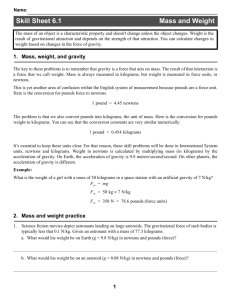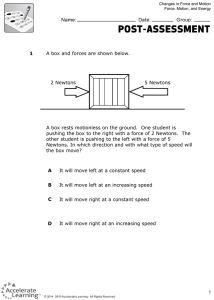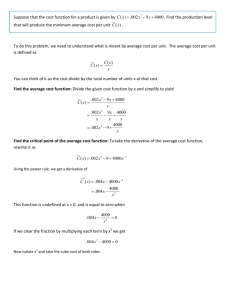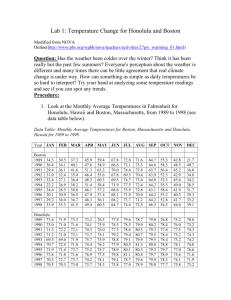key - BetsyMcCall.net
advertisement
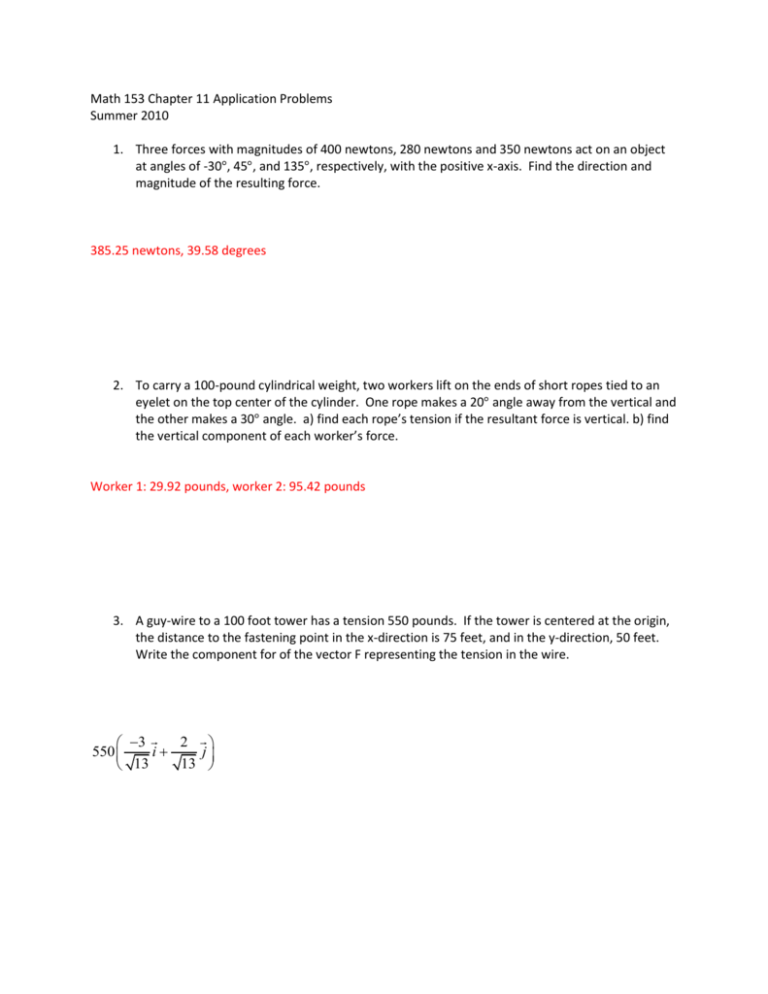
Math 153 Chapter 11 Application Problems Summer 2010 1. Three forces with magnitudes of 400 newtons, 280 newtons and 350 newtons act on an object at angles of -30°, 45°, and 135°, respectively, with the positive x-axis. Find the direction and magnitude of the resulting force. 385.25 newtons, 39.58 degrees 2. To carry a 100-pound cylindrical weight, two workers lift on the ends of short ropes tied to an eyelet on the top center of the cylinder. One rope makes a 20° angle away from the vertical and the other makes a 30° angle. a) find each rope’s tension if the resultant force is vertical. b) find the vertical component of each worker’s force. Worker 1: 29.92 pounds, worker 2: 95.42 pounds 3. A guy-wire to a 100 foot tower has a tension 550 pounds. If the tower is centered at the origin, the distance to the fastening point in the x-direction is 75 feet, and in the y-direction, 50 feet. Write the component for of the vector F representing the tension in the wire. 2 3 550 i j 13 13 4. An object is pulled 10 feet across the floor, using a force of 85 pounds. The direction of the force is 60° above the horizontal. Find the work done. (Don’t overthink this. No integration is needed.) 425 5. Find the volume of the parallelepiped defined by the vectors <1,3,1>, <0,6,6>, <-4,0,-4>. 72 6. Two insects are crawling along different lines in 3-space. At time t (in minutes), the first insect is at the point (x,y,z) on the line x=6+t, y=8-t, z=3+t. Also, at time t, the second insect is at the point (x,y,z) on the line x=1+t, y=2+t, z=2t. Assume the distance are given in inches. a) find the distance between the two insects at time t=0. b) use a graphing utility to graph the distance between the insects from t=0 to t=10. c) using that graph, what can you conclude about the distance between the insects? 70 d 25 (6 2t ) 2 (3 t ) 2 Min distance at t=5 (min distance is 5) 7. Because of the forces caused by its rotation, Earth is an oblate spheroid rather than a sphere. The equatorial radius is 3963 miles and the polar radius is 3950 miles. Find an equation of the ellipsoid. (Assume the center of the earth is at the origin, and the trace of the plane formed by z=0 corresponds to the equator.) x2 y2 z2 1 39632 39632 39502 8. Los Angeles is located at 34.05° North latitude and 118.24° West longitude. Rio de Janeiro, Brazil is located at 22.90° South latitude and 43.23° West longitude. Assume that the Earth is spherical, and has a radius of 4000 miles. a) find the spherical coordinates for the location of each city. b) find the rectangular coordinates for the location of each city. c) find the angle (in radians) between the vectors from the center of Earth to each city. d) find the great-circle distance s between the cities (Hint: s=rθ). e) repeat for the cities of Boston at 42.36°N, 71.06°W and Honolulu at 21.31°N, 157.86°W. LA : (4000, 2.06,.98), Rio : (4000,.75,1.97) LA : ( 1568, 2920, 2240), Rio : (2685, 2524, 1557) 1.59, d 6365mi Boston : (4000,1.2,.83), Honolulu : (4000, 2.76,1.20) Boston : (959, 2796, 2695), Honolulu : ( 3452,1404,1454) 1.28, d 5134mi 9. (Chapter 12) A particle moves in the yz-place along the curve represented by the vector-valued function r (t ) (2 cos t ) j (3sin t )k . Describe the curve. Find the minimum and maximum values of r ( t ) and r (t ) . Curve is an ellipse in the yz-plane. Max of derivative/velocity is 3 at 0, π, etc.; min of 2 at π/2, 3π/2, etc.; second derivative/acceleration is the same but reversed (i.e. min of 2 at 0, π, etc. and max of 3 otherwise).
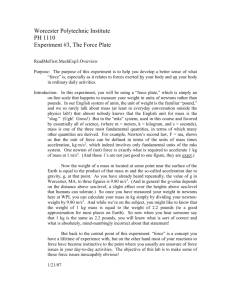

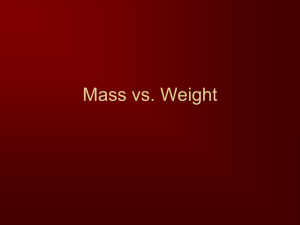

![How Many [Fig] Newtons in a newton](http://s3.studylib.net/store/data/005888918_1-80c84ce9709034996829e4f63643b1e0-300x300.png)
